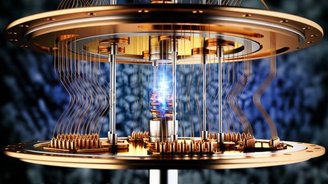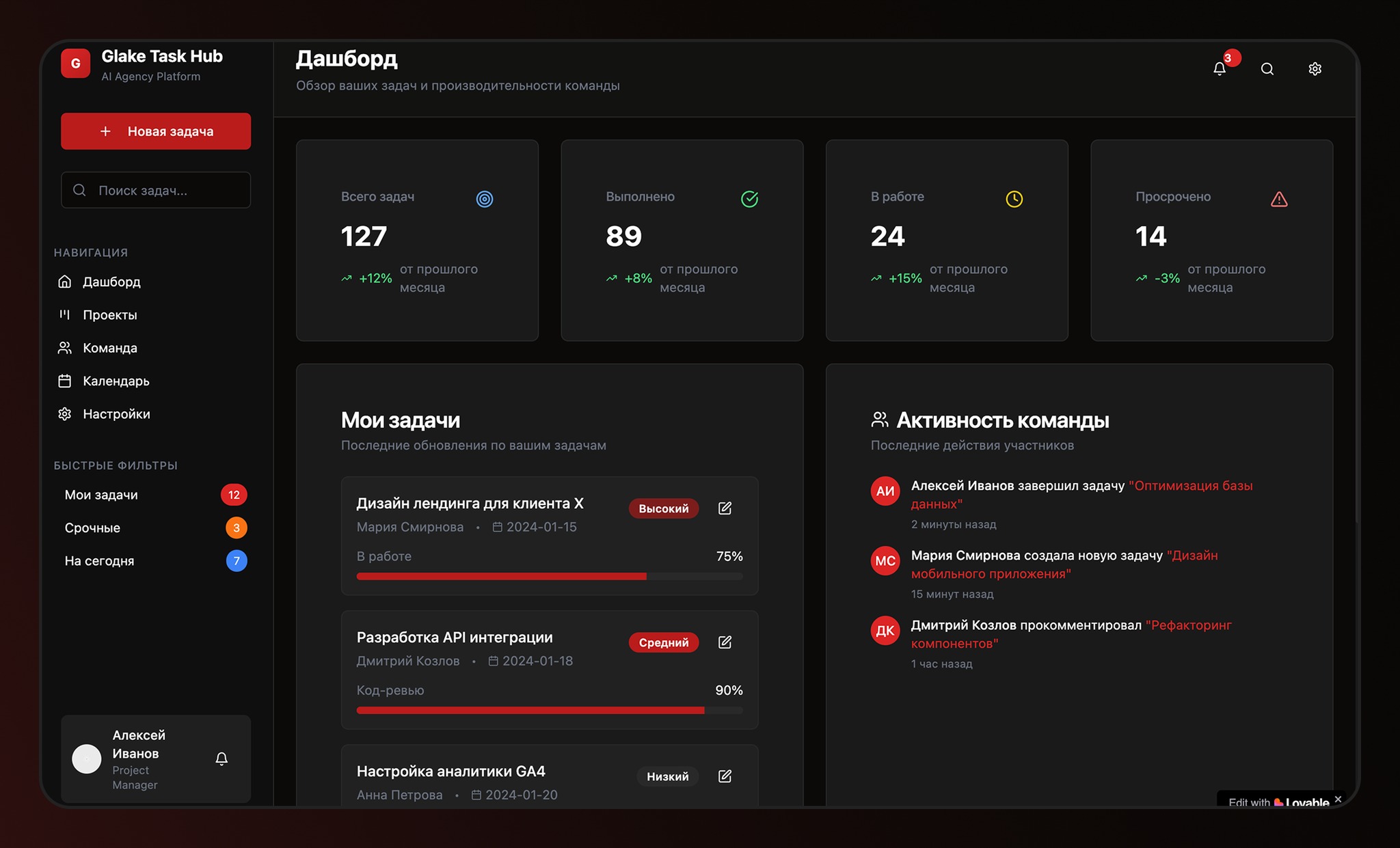Quantum mechanics (the field of physics that studies the behavior of very small particles), a subject introduced in the Brazilian school curriculum less than a decade ago, divides all the fundamental particles that make up the universe into only two types: fermions and bosons. The two have fundamentally opposite characteristics.
Fermions obey the Pauli Exclusion Principle. This reveals that two identical particles cannot occupy the same quantum state at the same time. Bosons do not have this restriction; their ability to share the same quantum state at the same time allows for events such as lasers, where many photons can be in the same state.
But in a recent study published in the journal Nature, two physicists from Rice University in the US demonstrated the theoretical possibility of a third type of condensed matter. Although this advance is currently a proposal based on mathematical models, it still suggests the existence of unknown fundamental particles.
Beyond fermions and bosons: in search of the impossible particle
Even though we know that the Pauli exclusion principle is responsible for the entire structure of the periodic table, many researchers continue to use mathematical models to see if new categories of particles or behaviors emerge. Operating in a field called parastatistics, they seek to answer some fundamental questions: Are there really only fermions and bosons, or are there other particles that have not yet been detected?
Although mathematical studies revealed that most observed paraparticles were actually just “disguised” bosons or fermions, there was one exception. Anions, an exotic type of particle limited to just two dimensions, may be the material sought to break the statistical laws expected of fermions and bosons.
But anions do not represent true types of fundamental particles that have not yet been discovered; because they cannot extend into the three-dimensional space of our Universe. These are just one manifestation of the complex interactions in 2D systems such as electron liquids or strong particle systems.
Using particles to describe materials

Authors Wang Zhiyuan and Kaden Hazzard used a variety of mathematical tools to test their new hypothesis about a possible third particle, such as group theory and the Yang-Baxter equation, which describes how particles rearrange themselves when altered in interactions.
They studied how excitations in magnetic materials, such as magnets, behave similarly to particles. They appear to have mass, charge, or other properties. However, these are quasiparticles, meaning they are not true fundamental particles.. “Particles aren’t just these basic things,” Hazzard explains. “They are also important for identifying materials.”
The duo then proposed a new form of quantization that allowed exotic particles (such as anions) to appear in three-dimensional systems. Although they are typically associated with 2D systems, the experience has expanded the understanding of how collective behavior in materials can give rise to new particles with unique properties.
Implications of new study on the third particle

Although innovative, the models are not capable of showing the “mine map” for a new class of particles. However, they represent a first step towards understanding the many unprecedented physical phenomena that can occur in paraparticle systems. Although somewhat forgotten, it has been proven that parastatistics can detect these collective excitations in a quantum system.
“We need more realistic theoretical proposals to realize paraparticles in experiments,” believes Wang. But the eventual discovery of new fundamental particles and properties in materials could revolutionize quantum technologies. Provides safer communication and more powerful information processingIt is based on the quantum properties of these particles.
Although still in the realm of speculation, the work not only reveals something concrete in the field of condensed matter, but also opens up new theoretical possibilities, paving the way for a range of investigations into how parastatistics (describing paraparticles other than bosons and fermions) are formed. can be applied in practice.
Did you like the content? So, stay updated with more articles about quantum physics here on TecMundo and take the opportunity to share the article on your social networks. Until later!
Source: Tec Mundo
I’m Blaine Morgan, an experienced journalist and writer with over 8 years of experience in the tech industry. My expertise lies in writing about technology news and trends, covering everything from cutting-edge gadgets to emerging software developments. I’ve written for several leading publications including Gadget Onus where I am an author.












